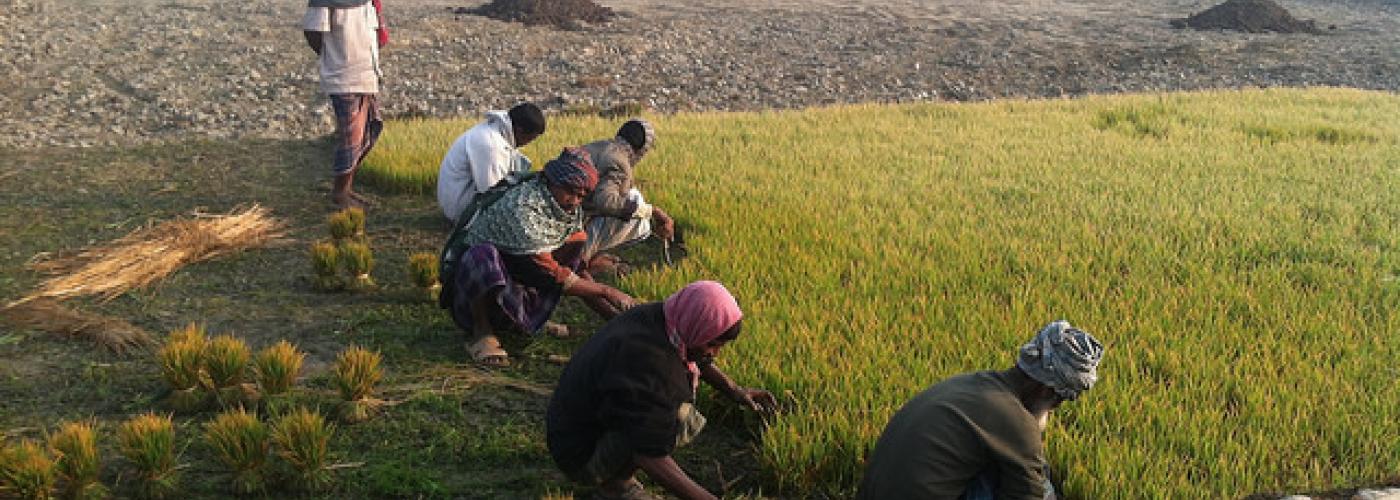USAID Official
Report: Microenterprise and Pathways out of Poverty
Image

Pursuant to Section 7019(e) of Division K of Public Law 115-141, the Department of State, Foreign Operations, and Related Programs Appropriations Act, 2018, which incorporates, by reference, the requirements of Senate Report 115-152, the U.S. Agency for International Development (USAID) submits this report on microenterprise and pathways out of poverty. The underlying provision in Senate Report 115-152 reads as follows:
Microenterprise and Microfinance. Not later than 120 days after enactment of the Act, the USAID Administrator shall submit a report to the appropriate congressional committees on the extent to which microenterprise and microfinance programs have demonstrated sustainable improvements in the lives of the very poor or of those who are slightly above the poverty level in developing countries. The report shall further address, based on the latest evidence, the most effective approaches to economic empowerment of the poor in order to provide sustainable pathways out of poverty in such countries.
Introduction
USAID has played an integral part in the development of microfinance, which is now a sustainable industry that provides a growing number of financial services to individuals, households, and microenterprises. In 2016 alone, 1,160 formal microfinance institutions (MFIs) served more than 132 million people.1,2 As MFIs have become largely self-sustaining with capital from deposits from clients, impact investors, and capital markets, USAID has shifted the type of activities it funds to address other constraints to greater financial inclusion and economic opportunity for the poor and very poor.
Through decades of experience and evaluation, USAID has learned that traditional microfinance is only one piece of a larger puzzle. To alleviate poverty sustainably, additional interventions are required to generate economic growth and create jobs. These include access to a variety of appropriate financial services across all levels, the creation of an enabling environment that fosters the formation and growth of firms, and improved access to knowledge on how to identify and pursue business opportunities. Together, these interventions create an array of economic pathways for individuals as employees of growing firms, as business-owners that provide products and services, or as sole proprietors.
We have also learned that the most appropriate set of financial services and other interventions differs depending on the target population. For households classified as very poor, savings is the most important financial service, combined with tools and assistance to help smooth incomes when earnings are inconsistent (such as in smallholder farming) and build resilience to keep families from sliding deeper into poverty. Access to credit, however, is most beneficial for firms that are more growth-oriented, such as micro, small and/or medium-sized enterprises (MSMEs). Evidence and experience suggest that USAID can help create jobs and achieve greater development impact by expanding our focus to growing MSMEs.
Click below to read the full report.

